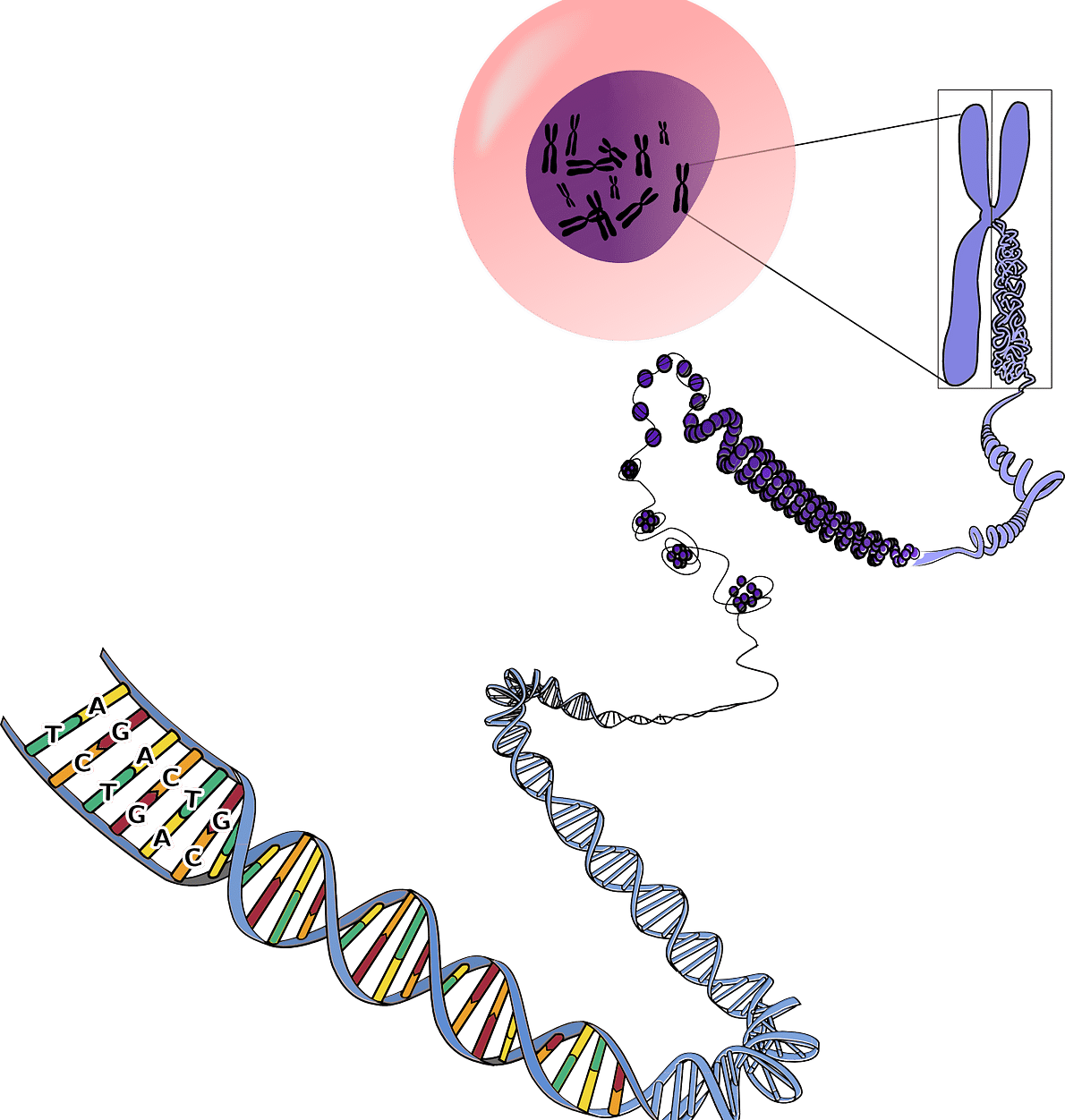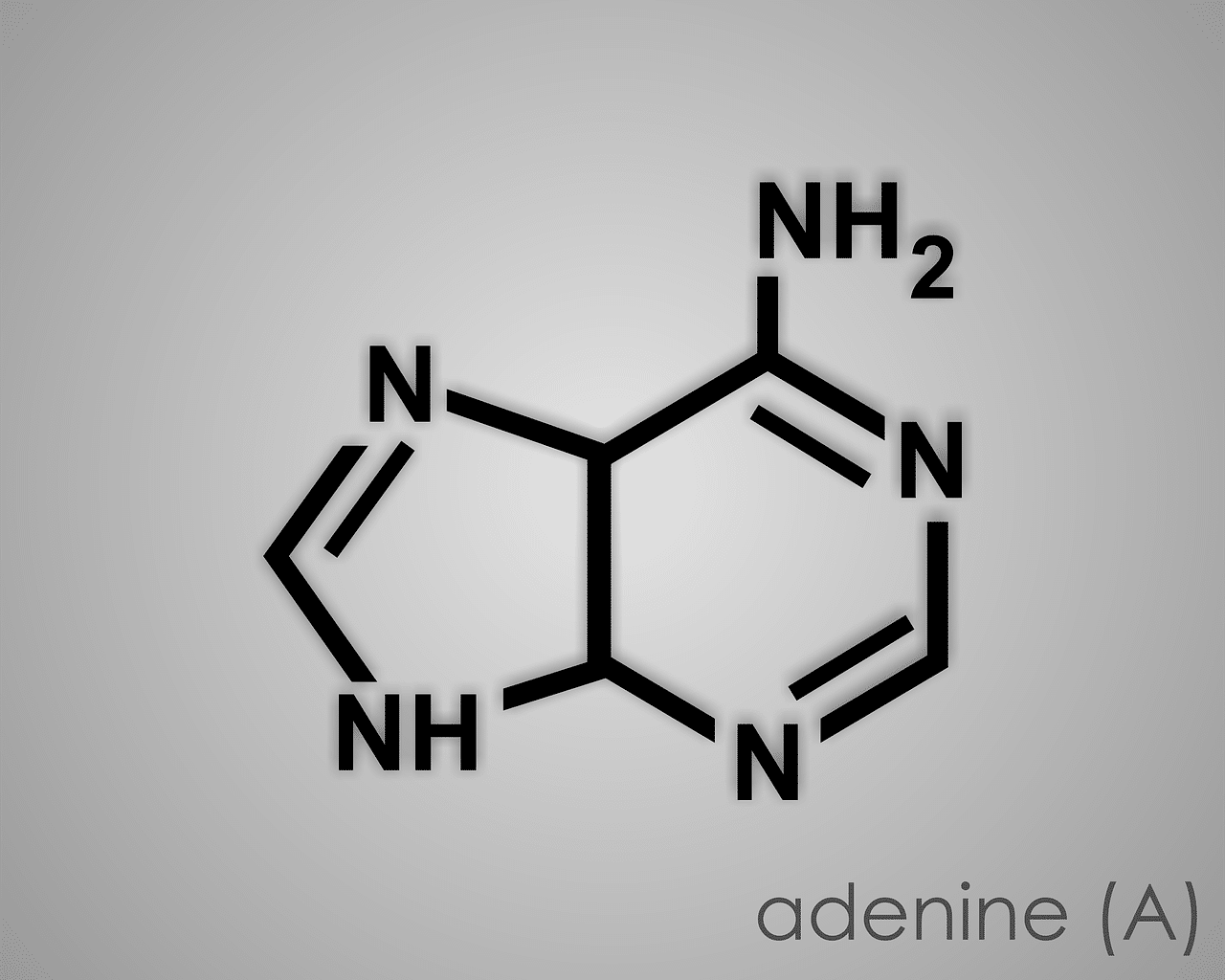
RNA is the acronym for ribonucleic acid,
RNA is an acronym that corresponds to ribonucleic acid , a substance that is present in eukaryotic cells and prokaryotic cells. It is a nucleic acid: a polymer that is created by the succession of monomers known as nucleotides , which are linked through phosphodiester bonds .
In the case of RNA, the nucleotides it contains are ribonucleotides . It can be said, in summary, that RNA is a nucleic acid composed of a series of ribonucleotides.
Characteristics of RNA
The RNA of cells has a single strand and is linear. It can be responsible for the regulation of gene expression, the development of catalysis or the transmission of essential data within the framework of protein biosynthesis . RNA works in conjunction with DNA : deoxyribonucleic acid .
Each RNA ribonucleotide is made up of three elements: a nitrogenous base (uracil, guanine, cytosine or adenine), a phosphate group and ribose . These ribonucleotides establish a chain via phosphodiester bonds that have a negative charge.
The structure
The linear sequence of ribonucleotides is known as the primary structure of RNA. From this structure, other levels emerge: the secondary structure (which arises from the pairing of nitrogenous bases, whether as a loop, helix or otherwise) and the tertiary structure (product of the bonds in space established by atoms) . that make up the molecule).
In the same way, one should not overlook the fact that there are four different nucleotide bases in RNA. We are referring to guanine , uracil , adenine and unacytosine .

Adenine is a nitrogenous base of RNA.
Types of RNA
According to the function it performs in the cell, it is possible to distinguish between messenger RNA (transfers information from DNA to the ribosome), ribosomal RNA (composes ribosomes along with proteins), transfer RNA (carries a certain amino acid to a polypeptide), interfering RNA (eliminates the expression of certain genes) and regulatory RNA (responsible for regulating gene expression), among other types.
Providing more information on these types of RNA, we must clarify these relevant aspects:
- Messenger RNA carries the information of one or more genes and encodes proteins.
- -Ribosomal or ribosomal RNA can act as a catalyst while adopting a tertiary or secondary structure that is stable.
Other types of RNA are these:
- MicroRNA , which plays a fundamental role in the RNA interference process.
- Nucleolar RNA or snoRNA , which can be found in the nucleus of eukaryotic cells.
- LincRNA , which is also known as intergenic non-coding RNA . Its binding to DNA is considered to involve the pairing of RNA bases with the relevant DNA bases.
- TERC or telomerase RNA component.
Origin of life
In addition to all the above, we cannot forget the existence of the so-called RNA World Hypothesis .
This postulate indicates that life on Earth began from the activity carried out by RNA molecules . This caused a membrane to develop around it and the first prokaryotic cell to emerge.
